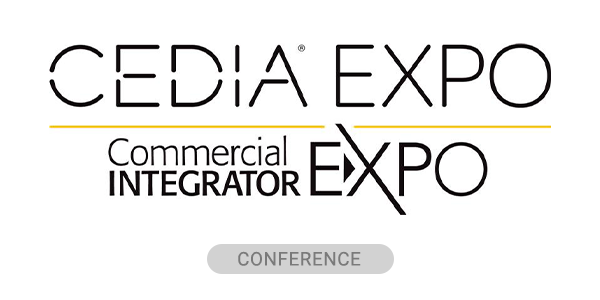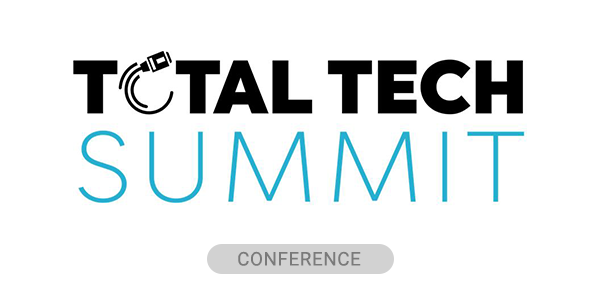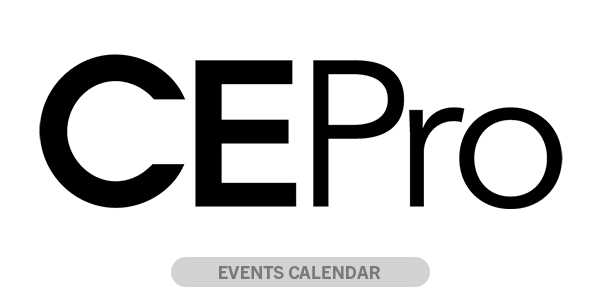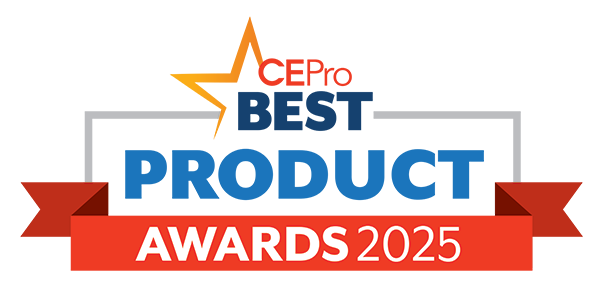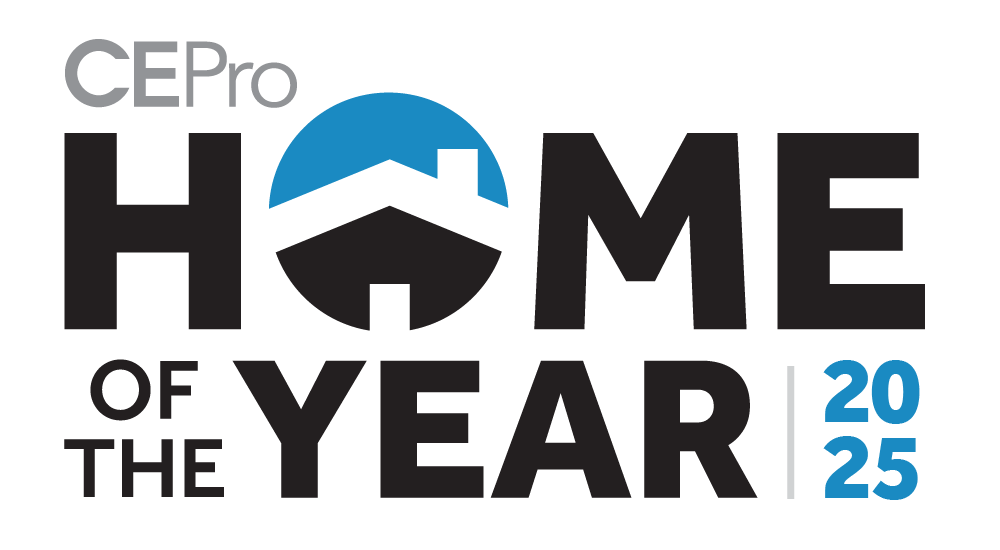When it comes to buying smart home devices this holiday season, which IoT categories will win? The answer is security, according to research from Argus Insights. Standard surveillance cameras, smart doorbell cameras, security systems and smart “detectors” will be way up this season compared to last. Video doorbells will dominate, with adoption rates potentially growing 211% compared to last year.
Meanwhile, Argus predicts that demand for smart home hubs (including Amazon Echo) and smart lights will decline year-over-year.
In predicting holiday sales for smart-home products, Argus turns to a unique model of mining crowd-sourced data from social media and shopping/review sites. CEO and “Data Whisperer” John Feland, PhD, claims Argus’s metrics are “proven predictors of consumer demand,” and he has data to prove it.
With these claims in mind, we should see a rise in demand for smart-home products across the board this holiday season compared to last, which is not surprising. “Social Volume” related to the smart home surged in the 46th week of this year (Nov. 13-19, one week before Thanksgiving), with roughly 32,000 mentions compared to about 25,000 last year. The run rate for week 47 (Thanksgiving week) is looking strong.

Much of the chatter is being driven by promotions in the overall smart-home category running up to Black Friday, according to Argus.
In week 46 of this year, social activity around security cameras crushed the year-prior numbers by a multiple so large it’s as if smart cams didn’t exist last year. Leading up to Black Friday, we’re also seeing big leaps in the volume of product reviews for this category. The two metrics together portend a strong holiday season for surveillance products.
In a triple whammy for the camera category, “consumer delight” based on product reviews is surging for doorbell cameras heading in to Black Friday.
Not so for home automation hubs and kits, including Amazon Echo. In the weeks leading up to Black Friday, Argus notes a significant decline in “buzz volume” of smart-home hubs (based on social media). At the same time, consumer adoption and consumer delight for the category are slipping based on the quantity and sentiment of product reviews.
View more charts from the Argus Black Friday Smart-Home Report
Even anecdotally we can tell that home automation hubs aren’t getting the visibility they enjoyed over the past few years. CE Pro has noted again and again that IoT hubs and kits are too challenging to explain to consumers, as opposed to single-purpose devices like thermostats, smart lights and, yes, doorbell cams.
Feland suggests there are other factors at play. For starters, the market is turning to more “hubless” architectures with services such as IFTTT. Also, if 2015 was the year of the smart gateway, then consumers today are looking to “build out more parts of the ecosystem,” he says.
And while hubless architectures rely on Wi-Fi and Bluetooth connectivity, Z-Wave still dominates the conversation when it comes to smart-home standards, according to Argus. While net sentiment (positive minus negative reviews) may be falling for Z-Wave, it is also dropping for ZigBee, which is getting less and less attention on social media.
One final note: Suppliers don’t seem to be delivering on their promise of simple device connectivity, which continues to be a sore spot for users. Even the happiest smart-home customers, the promoters, shudder at connecting smart devices to the network. And the smart-home detractors are haters largely because of frustrations with connectivity in general, more so than specific factors such as Wi-Fi communications and routers.
